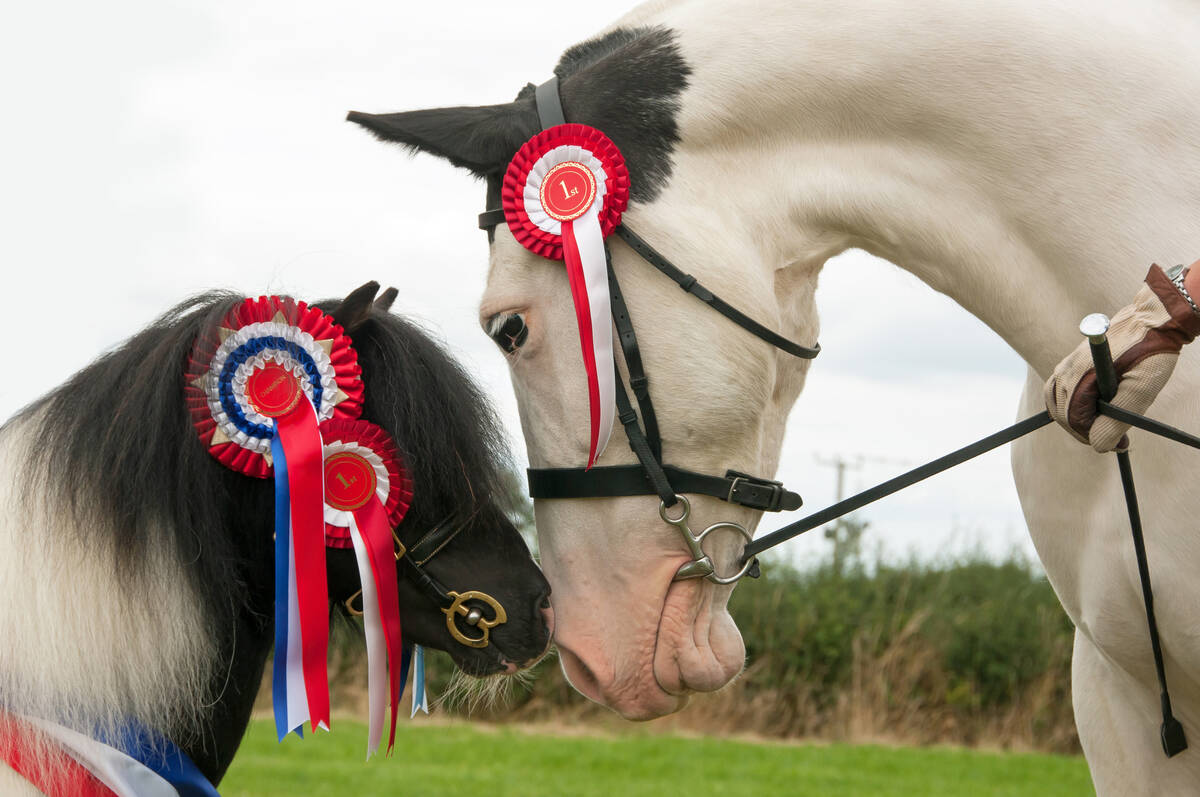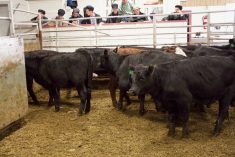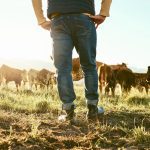The adage goes, ‘It takes money to make money.’ It is no different in the beef industry.

“Low-cost producers do not cut corners on pasture, bulls, and herd health,” said beef economist Kathy Larson of the Western Beef Development Centre. “Spending less on these items often leads to reduced herd productivity and thereby raises your costs.”
It’s the same for vaccinations.
In 2014, the Western Canadian Cow Calf Survey found that while 91.4 per cent of respondents vaccinate their cattle, the average calf death loss was seven per cent.
- Read more: Top tips for vaccinating your livestock
“The No. 1 reason for calf loss was 36 per cent due to scours, pneumonia, and/or other disease,” Larson said in a recent Beef Cattle Research Council webinar. “Given that’s the top reason for calf death loss it’s important to talk about how vaccination can lend a hand in limiting those losses.”
Read Also

Linebreeding horses drives genetic bottlenecks
Too much linebreeding and prioritizing pedigree can narrow genetic diversity and lead to horse health problems in future generations.
Blackleg
Most producers in Western Canada routinely vaccinate for clostridial diseases, such as blackleg. The bacteria that causes this disease is prevalent in the soil of our pastures. Blackleg is easy to prevent and the vaccine is rather inexpensive. However, if you skip the vaccine for even just one year, the results could be devastating, Larson said.
“In our area,” Larson said, “blackleg vaccine is under $1 per head.”
The vaccine with a component that protects against H. Somnus (a disease-causing bacterium) costs about 70 cents more. It is typically given to cows, bulls, and calves in the spring before turnout, and then boosted again in the fall for calves.
BVD
Bovine viral diarrhea can wreak economic havoc on a producer’s herd, especially with persistently infected (PI) animals.
“Losses from BVD in Canada are estimated between $78 million and $220 million annually,” Larson said.
One study pegged the costs from a PI present animal at $15 to $25 per year per cow exposed to a bull. As well, pregnancy rates for cow herds with PI calves was reduced by five per cent. And one PI calf in a feedlot can cost upwards of $47 a head in losses.
BVD control needs to start at the ranch level, said Larson.
“There is a benefit to the rancher for doing it. Not just downstream benefits at the feedlot. There is value to controlling for it and vaccinating for it in your herd as well.”
A BVD vaccine usually has components to reduce other respiratory issues. Larson ran the math for a herd of 150 cows, seven bulls, and 150 calves. The all-in cost of vaccination for this herd would be $1,230 annually in her part of Saskatchewan — or $8.20 per cow.
But if you don’t vaccinate, you could see the open-cow rate jump by five per cent — or, in this case, eight fewer calves. With an average weaning weight of 550 pounds and a sale price of $1.65 per pound, the loss is $7,260 — or $45 per cow.
“You either put out $8.20 per cow to vaccinate or risk losing $45 per cow from decreased conception rates,” said Larson.
Other vaccines
Cattle at the Western Beef Development Centre in Lanigan (southeast of Saskatoon) are also vaccinated for anthrax in spring. That area has seen anthrax outbreaks, including nearly 500 cattle in the summer of 2006 — a loss that could have been largely avoided with a vaccine that costs $2 per head.
The centre also employs parasite pour-ons ($1 per dose per head) for cows and bulls in the fall, scours vaccine for pre-calving cows ($3.60 per head), and a foot rot vaccine in spring for bulls ($5.85 per head).
“These vaccinations work out to $25 per cow,” said Larson. “Or if you had 150 cows, you would spend a little under $3,800.”
Bonus benefit
Another benefit of vaccination is reduced shedding of pathogens.
“It will not ensure that every animal won’t shed them,” said Dr. Nathan Erickson of the Western College of Veterinary Medicine. “It does not prevent 100 per cent of disease, but it does help us to control it.”
And control — not prevention — is the better term, he added.
He gave an example of where two calves in an unvaccinated herd become sick and each one infects seven other calves.
“If the same two (in a vaccinated herd) became sick, we haven’t prevented 100 per cent of the disease,” he said. “But what we’ve done is we’ve reduced the amount of shedding and the shedding period. Now just two other animals are infected.”
But what if your animals are already sick? Is it possible to vaccinate them after an outbreak has begun?
Yes, said Erickson, noting that is sometimes the treatment recommended by veterinarians. But because the immune system of a sick animal has kicked into gear, the response to the vaccine may not be as effective.
“If the disease is already ongoing, you need about two weeks to get a response if you’re boosting. If they haven’t received the vaccine before, it can take about four weeks to see a response.”
Finally, remember that vaccinations are just one part of a disease control program, he said.
Nutrition, bedding, windbreaks and shelter, cleaning, and controlling the introduction of new herdmates are also critical, he said.
This article first appeared on the Alberta Farmer Express.















